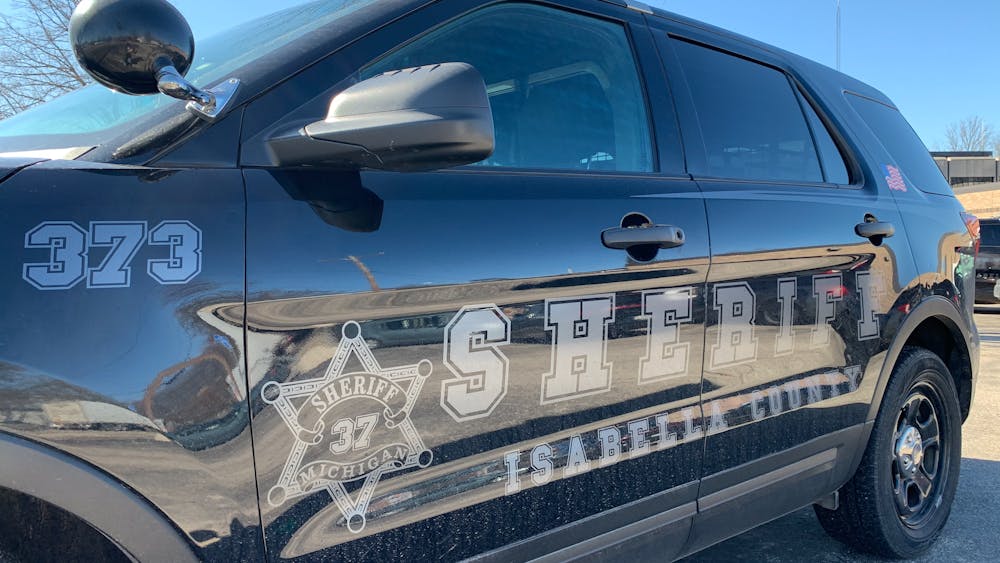Master plan: Meeting reveals plan for entrances, open spaces
New signage, green spaces and roundabouts might soon be a part of Central Michigan University's campus as it looks to make campus more walkable.
Campus identity was the focus of a four-day "charette," or open meeting, this week by contractor AECOM Technology Corp., hired by CMU for $310,000 to assess and revamp CMU's entrances, open space areas and transportation routes.
Under the Campus Identity Project, part of the larger master plan process, four heavy-traffic entrances to campus would be given a facelift primarily through new signage. In addition, new green spaces and transportation routes would be added to campus.
Ian Lockwood, livable transportation engineer and principal at AECOM, said creating signage would be the primary focus of these entrances.
“We want to make sure that when people go past these entrances, they know they are at CMU,” he said. “We want these entrances to stand out. We want them to reflect the history and the functions within the university.”
Each proposed entrance would include a roundabout, as well as new university signs.
Areas on campus slated for landscaping overhauls include the space between Anspach and Pearce halls, Warriner Mall and the green space to the east of the Charles V. Park Library. Under the plan, a walkable, bike friendly "green spine" would run through the center of campus.
“The identity plan focuses on some of the priorities identified through the master planning process, like the entranceways,” Lockwood said.
Lockwood said public input is a key factor in AECOM's planning process.
“We’re hoping to get a good idea of where folks would like to see the campus evolve in terms of a broader identity,” he said. “Then, we'd also get more specifics on some of these smaller spaces on campus.”
Vice President for Facilities Management Steve Lawrence said the planning process is designed to give the community a chance to voice their ideas.
“The whole idea of a charrette is to get input from people,” Lawrence said. “They help in coming up with ideas and plans.”
Provost Michael Gealt said the proposed landscaping changes would lead to a better educational atmosphere.
“We would like to find ways to use signage and landscaping to add to the environment in a way that helps us manage the people flow,” Gealt said. “In a way, that enhances the educational opportunities by creating more natural spaces for student-student and student-faculty interactions.”
AECOM plans to unveil landscape design in January and will follow up with feature space design in February and March.



